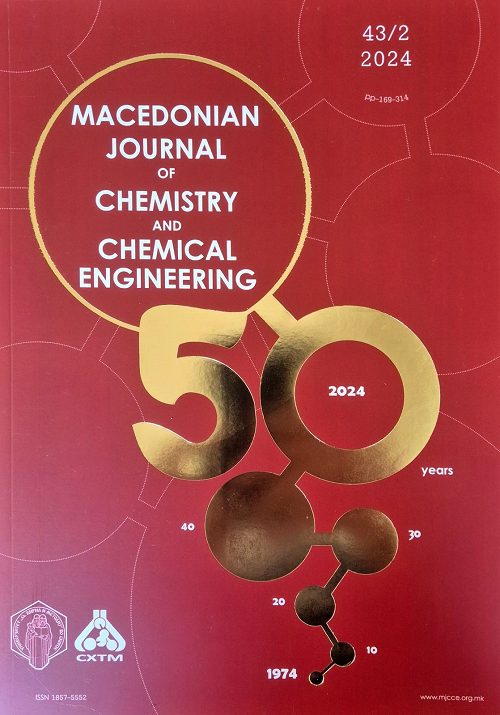Preparing the final nails to seal the coffin of genuine science
DOI:
https://doi.org/10.20450/mjcce.2024.3004Keywords:
pay-to-publish, publishing scams, Chat GPT, “paper mills”, junk scienceAbstract
Science is meant to be shared and discussed, not sold. However, over the past two decades, the phrase "publish or perish" has led significantly to the decline of genuine scientific inquiry. Today's science is often more about profit than sharing knowledge. Neuropsychologist Bernhard Sabel, using a fake-paper detector developed by him, was "stunned" to discover that after screening approximately 5000 papers, up to 34 % of neuroscience articles published in 2020 were either fabricated or plagiarized. In medicine, the rate was 25 %. Currently, more than 11,000 scientific journals operate based on a pay-to-publish open access model (excluding the so-called "predatory journals"), contributing to an industry valued at approximately $20 billion USD. Alongside the annual publication of over 7 million papers (estimated for 2023), concerns are mounting about flawed, incorrect, or fabricated data. The recent introduction of tools like ChatGPT has further elevated ethical concerns related to irregularities, errors, falsification in published papers to a new level. This work aims to highlight the major concerns regarding how the policies of many pay-to-publish journals harm the integrity of real science. The insights presented are based on the author's personal experiences and observations over 15 years as a referee for numerous journals. Meanwhile, the metric of "number of published papers per year" and "profit margins" seem to be the only "valuable" aspects of modern "science".
References
Bohannon, J., Who's afraid of peer review? Science 2013, 342, 60–65.
https://10.1126/science.2013.342.6154.342_60
Van Noorden, R., More than 10,000 research papers were retracted in 2023 – a new record. Nature 2023, 624, 479–481.
https://doi.org/10.1038/d41586-023-03974-8
Sabel, B. A.; Knaack, E.; Gigerenzer, G.; Bilc, M., Fake publications in biomedical science: Red-flagging method indicates mass production. MedRxiv 2023.
https://doi.org/10.1101/2023.05.06.23289563
Frank, J.; Foster, R.; Pagliari, C., Open access publish-ing – noble intention, flawed reality. Soc. Sci. Med. 2023, 317, 115592.
https://doi.org/10.1016/j.socscimed.2022.115592
DeLisi, L. E., Editorial: Where have all the reviewers gone?: Is the peer review concept in crisis? Psychiatry Res. 2022, 310, 114454.
https://doi.org/10.1016/j.psychres.2022.114454
Else, H.; Van Noorden, R., The fight against fake-paper factories that churn out sham science. Nature 2021, 591, 516–519. https://doi.org/10.1038/d41586-021-00733-5
Downloads
Published
Versions
- 2024-12-28 (2)
- 2024-12-11 (1)
How to Cite
Issue
Section
License
Copyright (c) 2024 Rubin Gulaboski

This work is licensed under a Creative Commons Attribution-NonCommercial 4.0 International License.

